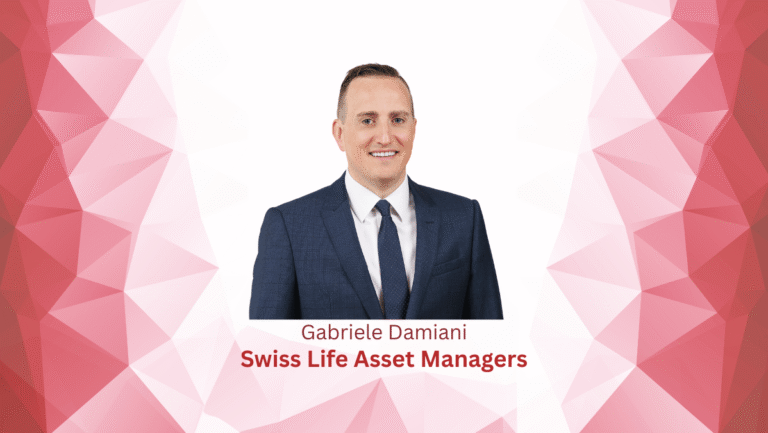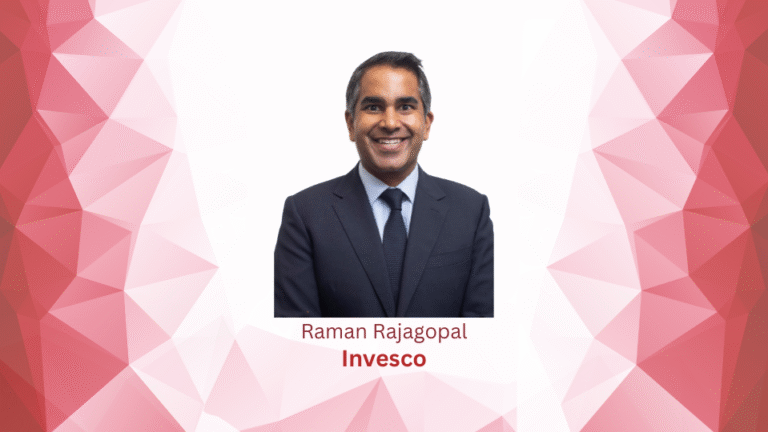By Veronika Zukova, Head of Product Development PERE, Societe General Securities Servicesas published in Insight Out #28
With a few months left until ELTIF II[1] authorisations start on January 10, 2024, this topic is on everyone’s mind and a subject of every discussion related to private markets, at least in Luxembourg. Regulatory and populist aspects aside, we’d like to provide some insights here “behind the scenes” of an ELTIF II fund, to help managers distinguish between the dealbreakers and the nice to have features, what to think about when designing the strategy and structure, and how to add key features to satisfy the needs of a new type of investor. These insights aim to help reduce not only operational costs, but the risks for this structure as well, to increase investor protection.
The who
Catering to retail investors is not for everyone – certain general partners (GP) have a greater appetite for targeting this segment. Based on the requests we are seeing from clients and prospects, three categories of fund managers have emerged that are interested in diving into this opportunity at scale:
1. Traditional asset managers, who developed a private markets arm, secondary to their core business. Retail is in their DNA, and they are used to working with a large network of distributors and managing the liquidity pockets required for this.
2. Large pure play private markets managers, primarily the U.S. ones. They are raising ever larger funds, and retail capital can feed into these.
3. GPs with the mandate for a specific social impact or market stimulation, such as the European Investment Fund or other EU institution-backed GPs.
For whom and how
By reducing the minimum investment threshold, ELTIF II opens the door to the mass affluent and the retail market as well. We have observed GPs reducing the minimum investment requirements to as low as EUR 1,000 and minimizing the lock-up period to effectively just a couple of years, as long as they manage to achieve the diversification requirements within this time frame.
Principal characteristics that differ from classic private markets (closed end) funds that we have experienced:
- Increased NAV frequency – monthly or even weekly
- Semi-open or evergreen
- Subscriptions/redemptions mechanism with paid-up subscriptions
- Redemptions regulated via gates with multiple conditions
- Increased liquidity needs and diversification rules necessitate investments in listed/liquid assets (liquidity pocket), leading to very different asset classes within the same fund
This is the tricky part, operationally speaking.
3 focus areas that help you save time and money
The following factors should be carefully considered and discussed in detail with your service provider. This initial investment of time will save you money and reduce the probability of errors in the long run.
a. What are the categories of non-professional investors you are targeting?
i. Determines the level of sophistication of the prospectus
ii. Determines the amount of effort required for a GP to educate both investors and distributors
iii. Are you planning to mix institutional and non-professional in the same vehicle? Keep in mind that the stricter regulatory requirements apply to the entire fund
b. How will investors come in?
- Are you going to use distributors? What kind? This is the channel that is well established within the 3rd party fund administrator world, at least those also catering to UCITS. At Societe Generale Securities Services, for example, we leverage our UCITS Investor Services team, and the subscription/redemption process is automated as much as possible via SWIFT messaging/Central Securities Depositories (CSD).
- Are you planning to use distribution platforms?
Considerations here are the additional cost to the investor, and being able to integrate smoothly with your administrator for reporting and other purposes. This option would likely require IT development and hence the initial onboarding will be more costly.
c. Are you planning to allow redemptions during the life of the fund?
If so, how will you manage the liquidity for the fund with illiquid underlying assets? It’s worth keeping in mind that more conditions result in additional layers of complexity. Therefore, the onboarding becomes more expensive, the risk of errors increases, and the GP/AIFM will need to dedicate more time to reviews and validations during the life of the fund.
Examples:
- If the gate threshold is hit, the simple operational option is to reset the unsatisfied portion of the redemptions, rather than prioritise them in the queue for the next one.
- Adding a liquid pocket puts the accounting system to the test; for private assets the GP/external valuer is an important source for asset values, while the system automatically pulls daily prices from the market for public assets, so the core accounting system must be able to manage both types of asset classes smoothly.
- Extra investor protection measures, of course, increase the cost of operating the fund. Here providers with an existing, strong, and stricter compliance approach might be able to provide a more automated and less expensive offer, by repurposing their existing processes.
What does all of this mean for GPs?
Even though as a service provider we were prepared, having delivered services to ELTIFs since 2020, ELTIF II brings on new challenges. What really helps is a track record with public markets funds (UCITS), with the type of managers that are keen on ELTIFs, and the ability to bring the two teams together, as well as leveraging the interconnectedness of the systems internally (e.g., fund accounting is done on 2 specialised modules in the same accounting system).
Tips for getting the balanced target operating model to positively impact the return via cost optimisation:
- Carefully define your dealbreakers for each of the 3 focus areas and be open to modify the rest
- Explain the outcome you want to achieve and follow the lead of your Admin/Depo on how to achieve it
- Sometimes seemingly obvious things from the investment manager perspective are too complex to implement flawlessly in operations
- Remember; almost anything can be implemented through customization and IT development, but it’s expensive and you never know when something non-standard can backfire and limit you, like when systems are interconnected for analytics and reports, which might not work as well as a tried and tested, standardised process
- A good service provider will explain the rationale and limitations of the operating model
- Simplify to automate as much as possible – this is a risk reduction strategy
- ELTIF II is a whole new product – it will take time to figure out true investor preferences – ask your service provider to pass on their observations – they are the ones dealing with the requests day in/day out – they can bring you closer to the end investor
[1] ELTIF II is the revised European Long-Term Investment Fund regulation




